Meet the Birds
Wedge-tailed Shearwaters arrive in March to prepare a burrow and mate, then lay a single white egg by mid June. The chicks hatch by mid August and fledge by mid November. All the young leave their nests and fly out to sea by December. They are fully protected by both federal (Migratory Bird Treaty Act) and state law (Wild Bird Law). Yet, they are not considered a threatened or endangered species in the United States or internationally.
Wedgie Cam
Adult preening chick:
Life Cycle of the Shearwater
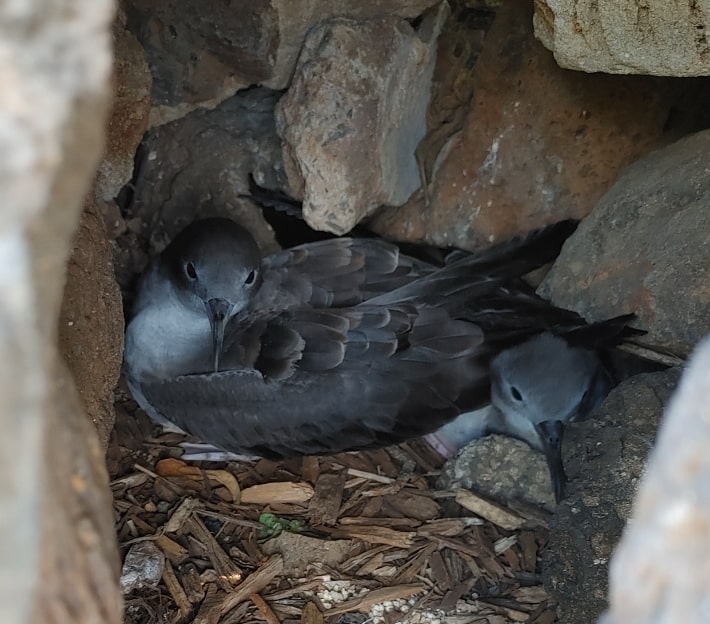
1. Find mate
April-June

2. Nesting Material
April-June
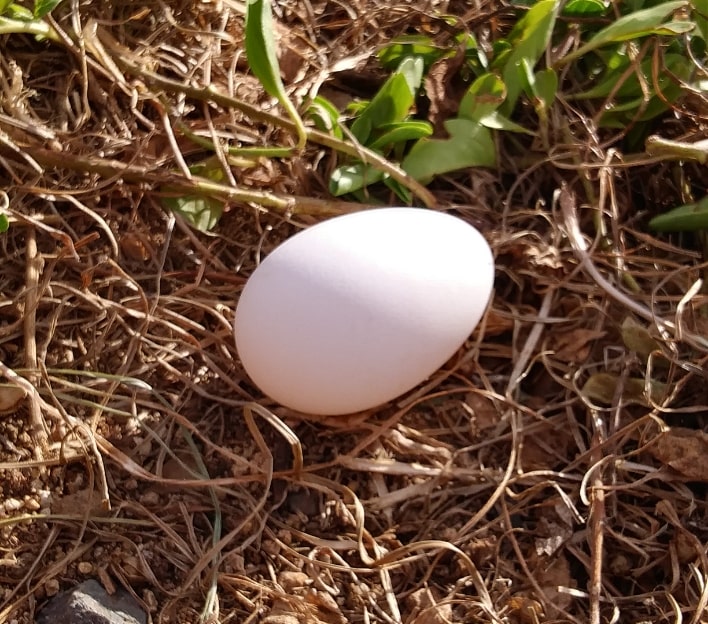
3. Egg
June
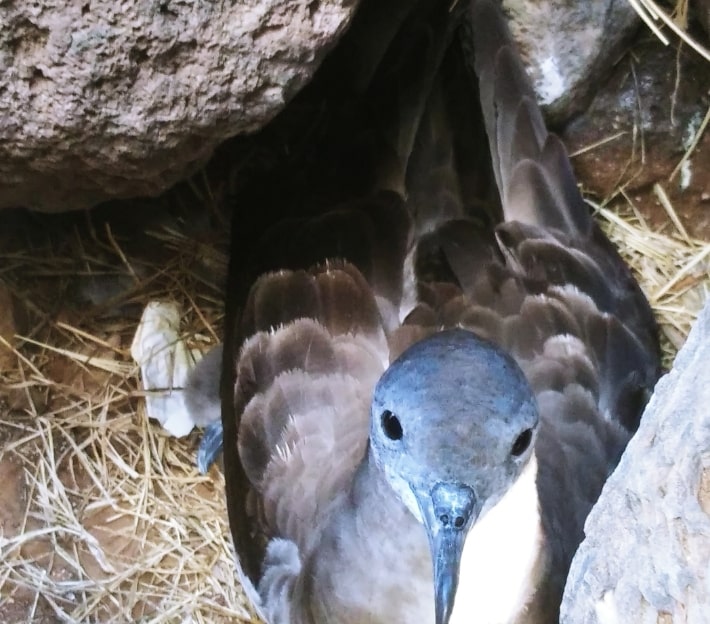
4. Hatching
August-Sept
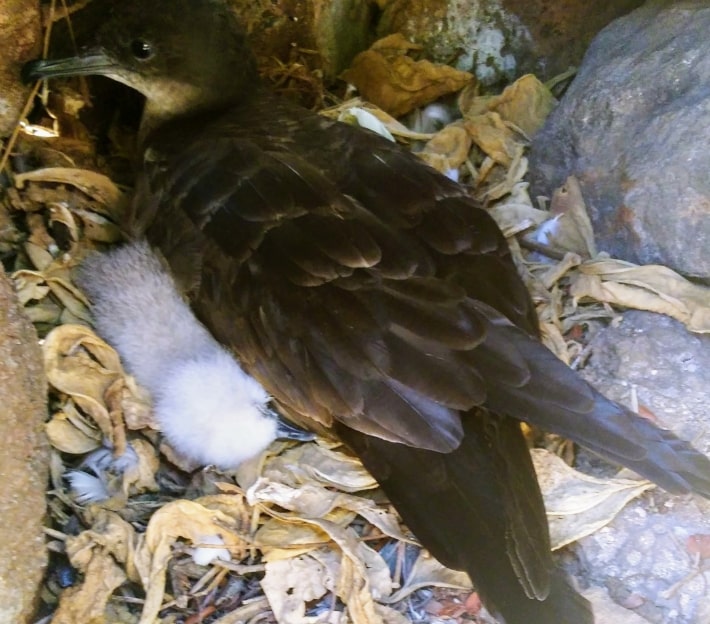
5. Chick brooding
August-Sept
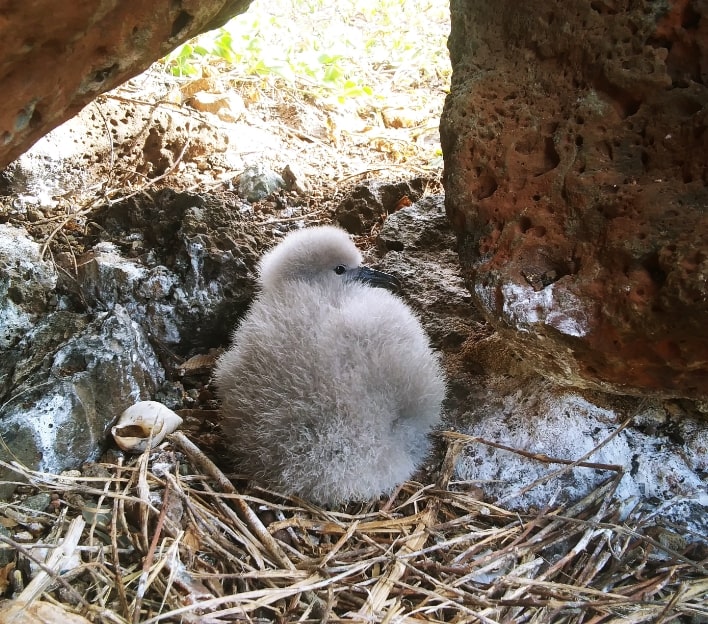
6. Chick alone during day
August – Sept
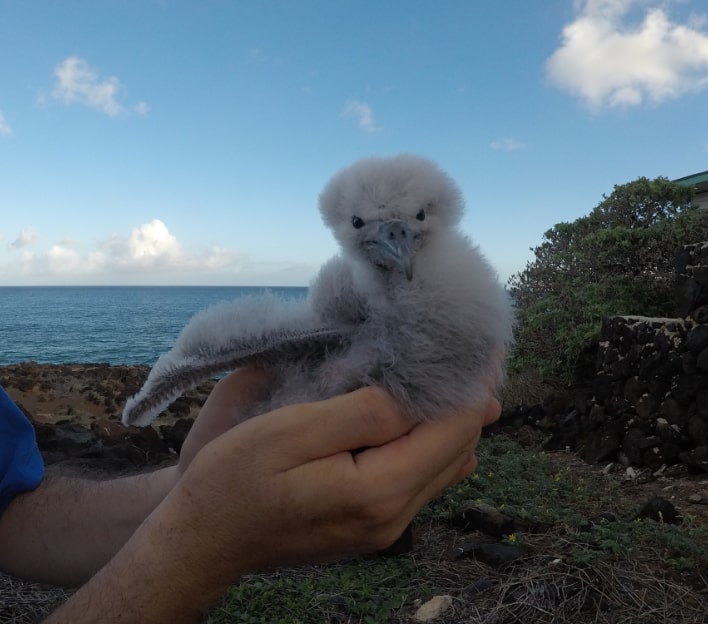
7. Medium downy
October
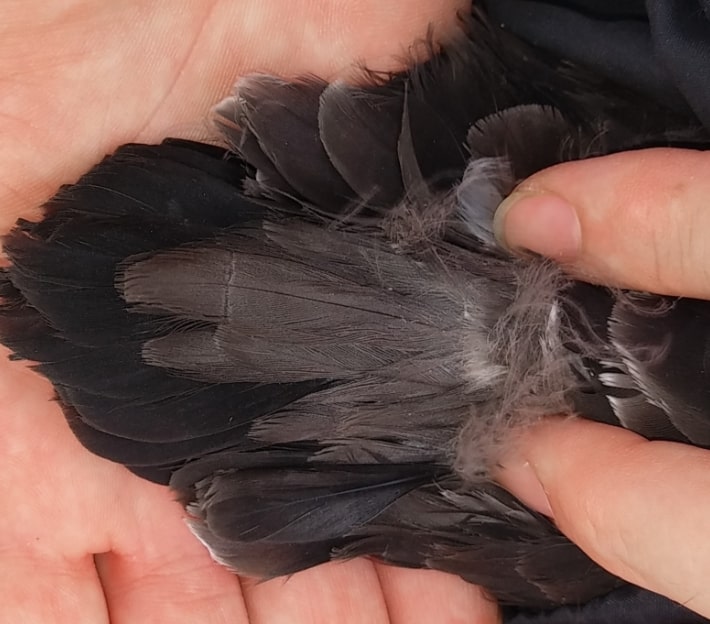
8. Growing tail
October
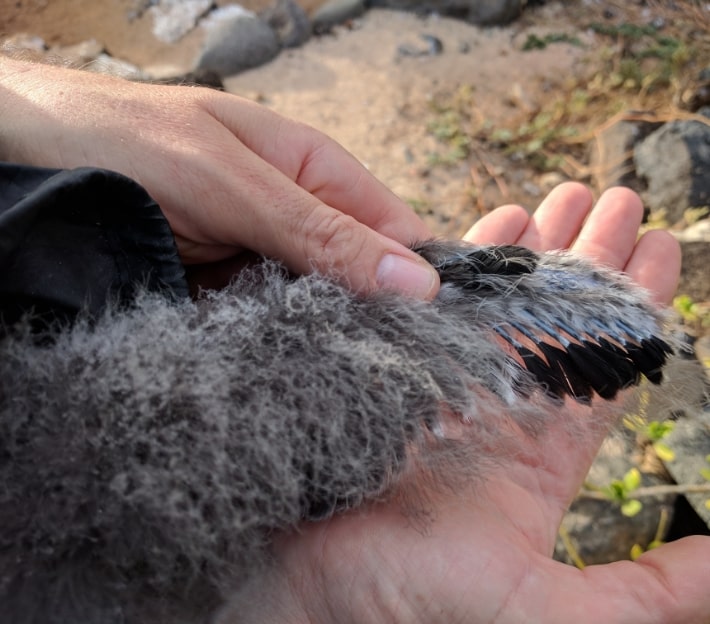
9. Wings growing
October
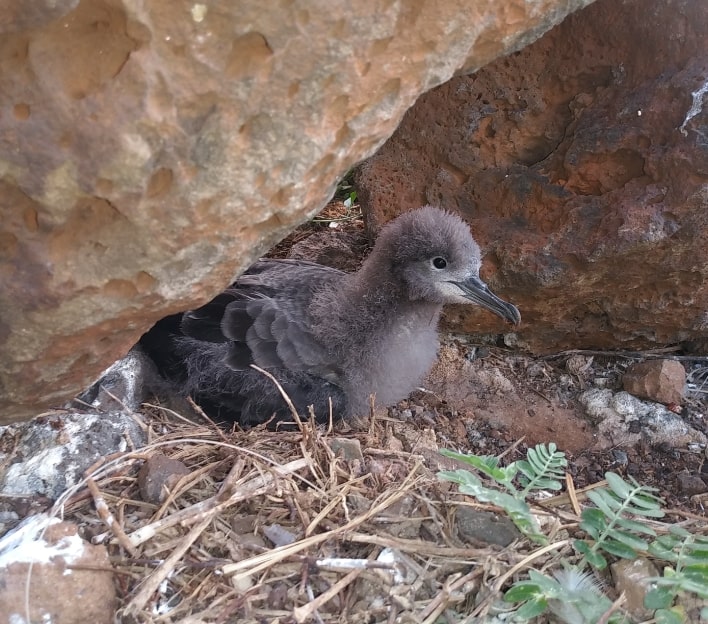
10. Chick partly feathered
November
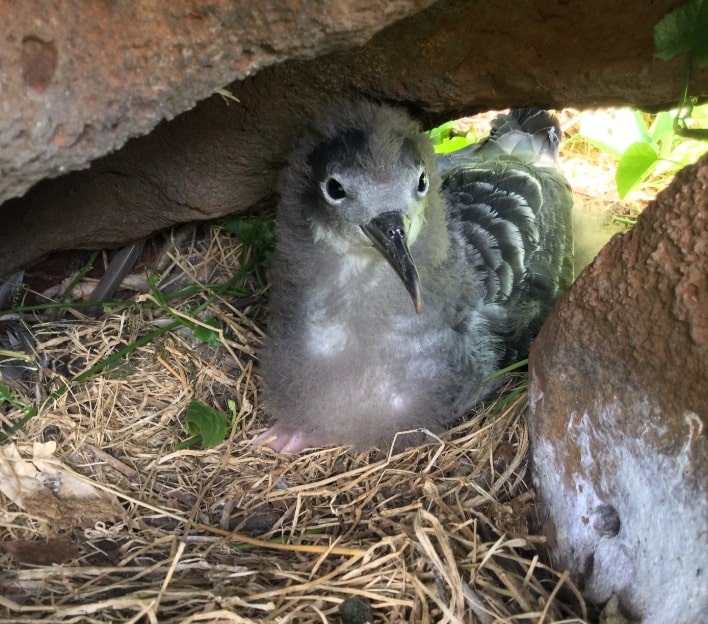
11. Mostly feathered
Nov – Dec
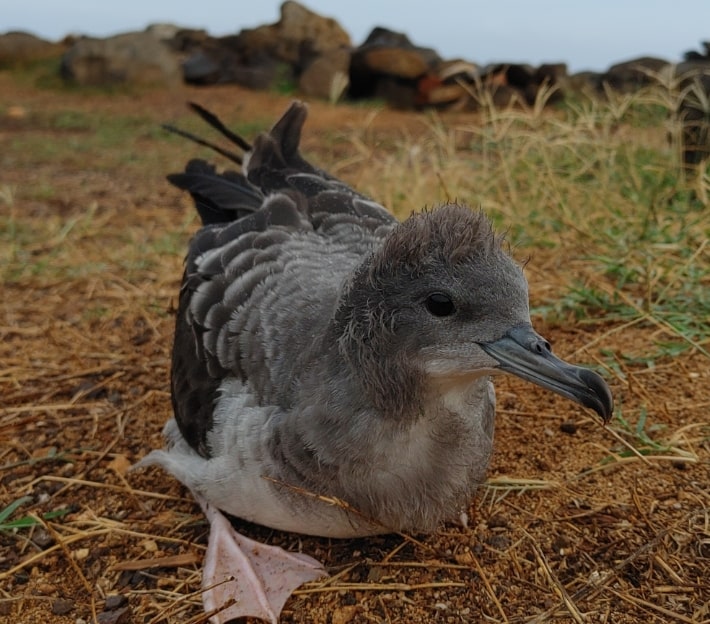
12. Fully feathered ready to go
December
Threats
Surveillance and predator control is ongoing in the nesting season, to minimize and document
predation by rats, cats, and mongooses on breeding shearwaters. To find more about other threats, click on Learn More About Shearwater Ecology and Conservation tab on the Research page.
Add Your Heading Text Here
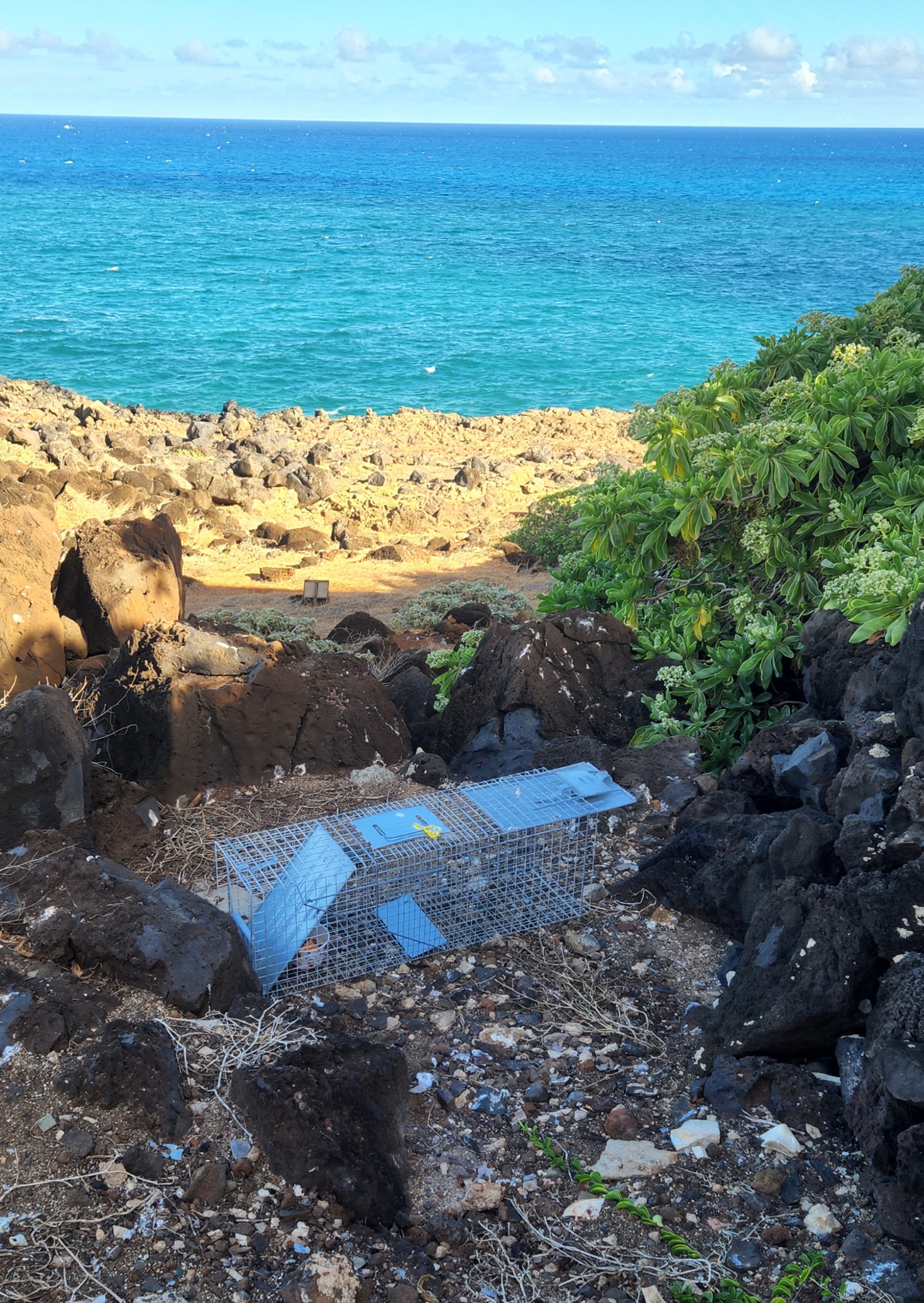
Other Birds on FSP

Pacific Golden-Plover

Red-tailed Tropicbird

White Tern
Research Findings
Population monitoring of the colony is conducted by David Hyrenbach, Professor of Oceanography, his students at Hawai‘i Pacific University, and Michelle Hester, Oikonos Ecosystem Knowledge. An annual colony count is completed during the peak incubation period (July 14) and once the chicks have hatched (September 14). In 2022, we documented 423 active nests. This is the highest count to date over the last 14 years.


